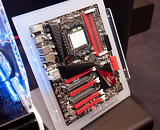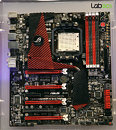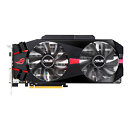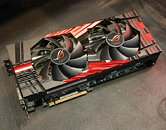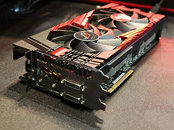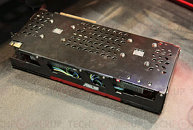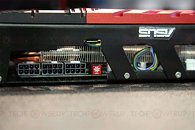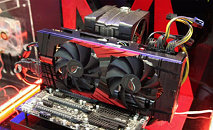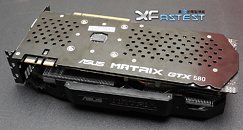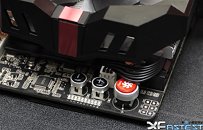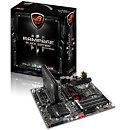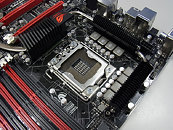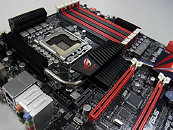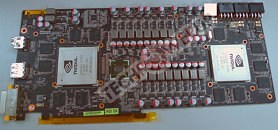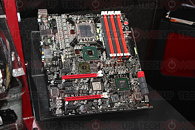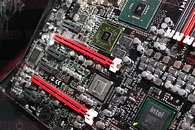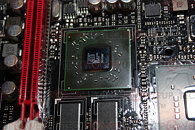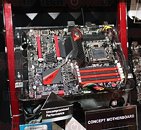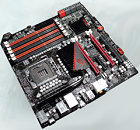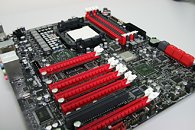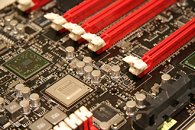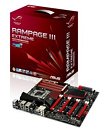ASUS makes a return to the higher-end of the AMD platform with two motherboards in its elite Republic of Gamers (ROG) series, with the Crosshair IV Formula and Crosshair IV Extreme. Both motherboards are based on the AMD 890FX + SB850 chipset, and support socket AM3 processors. While the Crosshair IV Formula targets high-end gaming builds, the Crosshair IV Extreme goes all out to woo overclockers. The Crosshair IV Formula, to begin with, has six expansion slots, of which four are PCI-Express 2.0 x16 (operating at x8 when all are populated, or x16, NC, x16, NC), and two PCI slots. The SB850 southbridge gives out six SATA 6 Gb/s ports, while an additional controller gives out two 3 Gb/s ports (one being eSATA). The CPU is powered by a 10+2 phase VRM, with two phase memory power. Connectivity includes 8+2 channel audio with SPDIF connectivity, gigabit Ethernet, FireWire, eSATA, two USB 3.0 ports, and a number of USB 2.0 ports. The board supports the iROG feature, along with a host of other overclocker-friendly features.
The Crosshair IV Extreme, on the other hand, is probably the most complex motherboard for the AMD platform. Apart from overclocker-friendly features of the C-4 Formula, C-4 Extreme adds a wide range of electrical enhancements that include better power conditioning with Super ML capacitors, PWM circuitry, voltage measure points, ProbeIT feature, PCI-Express electrical control switches, iROG Bluetooth device control, physically redundant BIOS ROM chips, and a number of other features. The board itself is closer to being EATX sized. There are four PCI-Express x16 slots here too, but with 1U spacing between them. An open-ended PCI-Express 1.1 x4 and PCI make for the other slots. There are six SATA 6 Gb/s ports here, too, with additional SATA 3 Gb/s controllers, and connectivity largely identical to that of the C-4 Formula. We presume ASUS will release these two in late April, around the time when AMD rolls out its Phenom II X6 processors. Pictured in order (below) are the C-4 Formula and C-4 Extreme.
